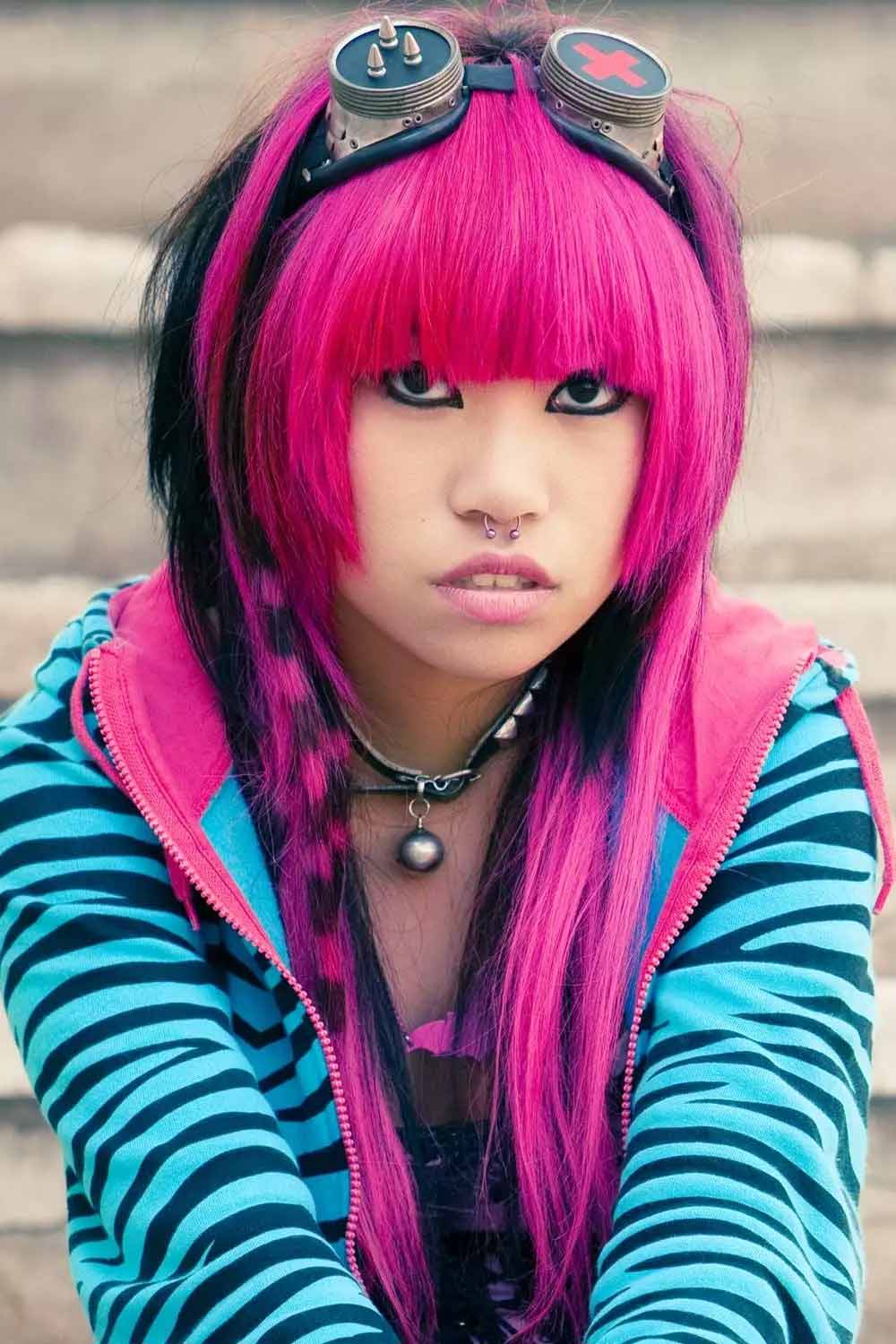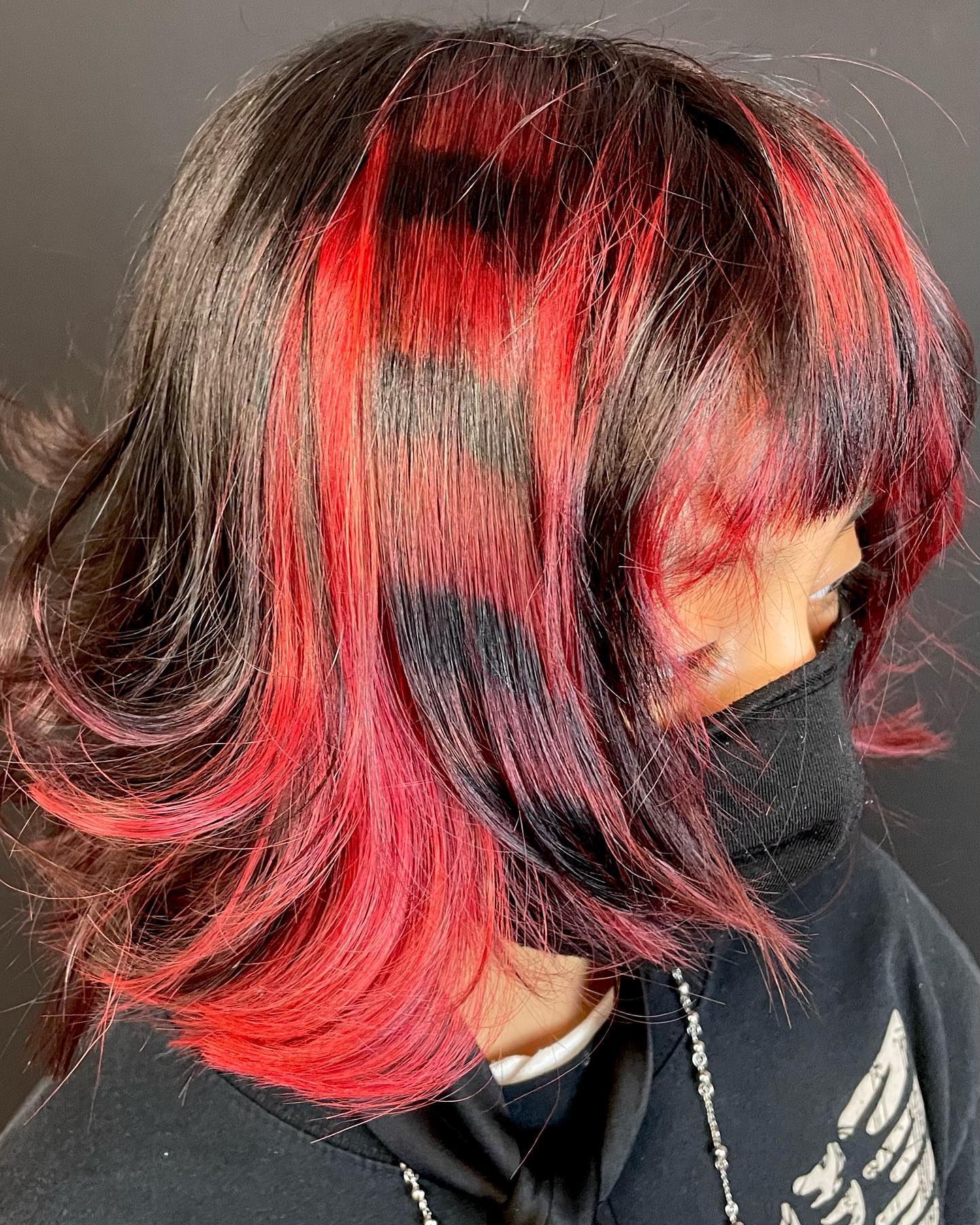Raccoon Tail Hair: A Comprehensive Guide To Its Uses, Benefits, And Conservation
Raccoon tail hair has become a fascinating subject for nature enthusiasts, researchers, and even fashion designers. This unique feature of the raccoon is not only aesthetically appealing but also holds significant ecological and cultural importance. In this article, we will delve into the world of raccoon tail hair, exploring its characteristics, applications, and the importance of preserving these animals in their natural habitats.
As more people become aware of the intricate details of wildlife, the focus on specific animal features like raccoon tail hair has grown exponentially. This interest stems from both scientific curiosity and its potential uses in various industries. Understanding the significance of raccoon tail hair can provide valuable insights into the broader ecosystem and its conservation efforts.
Whether you're a wildlife enthusiast, a student, or someone simply curious about nature, this article aims to provide a thorough understanding of raccoon tail hair. From its biological significance to its role in human culture, we will cover everything you need to know about this remarkable feature. Let's dive in!
Read also:Sabrina Carpenter Booty A Comprehensive Guide To Her Talent Achievements And Influence
Table of Contents
- Introduction to Raccoon Tail Hair
- Biological Characteristics of Raccoon Tail Hair
- Uses of Raccoon Tail Hair in Various Industries
- The Environmental Role of Raccoon Tail Hair
- Cultural Significance of Raccoon Tail Hair
- Conservation Efforts for Raccoon Populations
- Raccoon Tail Hair in Fashion and Beauty
- Scientific Research on Raccoon Tail Hair
- Frequently Asked Questions About Raccoon Tail Hair
- Conclusion and Call to Action
Introduction to Raccoon Tail Hair
Raccoon tail hair is a distinctive feature of the raccoon, Procyon lotor, which is native to North America. This hair is characterized by its alternating black and gray rings, creating a striking pattern that sets it apart from other animals. The unique appearance of raccoon tail hair has made it a subject of fascination for many.
Over the years, raccoon tail hair has been utilized in various ways, from traditional crafts to modern fashion accessories. Its durability and texture make it an ideal material for certain applications. Moreover, understanding the biology and ecology of raccoon tail hair can offer insights into the animal's adaptation to its environment.
With increasing awareness about wildlife conservation, it is essential to explore the role of raccoon tail hair in maintaining ecological balance and promoting sustainable practices.
Biological Characteristics of Raccoon Tail Hair
Structure and Composition
Raccoon tail hair is composed of keratin, a protein commonly found in mammalian hair, nails, and horns. The alternating color patterns result from variations in melanin production during hair growth. This biological phenomenon not only enhances the raccoon's camouflage but also serves other purposes.
- Keratin provides strength and flexibility to the hair.
- Melanin variations create the distinctive black and gray rings.
- The hair shaft is hollow, aiding in insulation and buoyancy.
Growth and Maintenance
The growth of raccoon tail hair follows a cyclical pattern, with seasonal shedding and regrowth. This process ensures that the hair remains in optimal condition for the raccoon's survival. Proper maintenance of tail hair is crucial for the animal's ability to regulate body temperature and protect itself from environmental factors.
Uses of Raccoon Tail Hair in Various Industries
Fashion and Accessories
Raccoon tail hair has been used in fashion for centuries, particularly in traditional garments and accessories. Its unique appearance makes it a popular choice for creating decorative items such as hats, scarves, and handbags. Modern designers continue to incorporate raccoon tail hair into their collections, appealing to consumers who value exotic materials.
Read also:Elizabeth Olsen The Allure Of A Hollywood Icon
Art and Crafts
In addition to fashion, raccoon tail hair is utilized in art and crafts. Artists use it to create intricate designs, sculptures, and decorative pieces. The hair's durability and texture make it an ideal material for these applications, offering both aesthetic and functional benefits.
The Environmental Role of Raccoon Tail Hair
Raccoon tail hair plays a vital role in the animal's adaptation to its environment. The alternating color pattern provides excellent camouflage, helping the raccoon blend into its surroundings and avoid predators. Furthermore, the hollow structure of the hair aids in insulation, allowing the raccoon to maintain its body temperature in varying climates.
Conservationists emphasize the importance of preserving raccoon populations to maintain ecological balance. Raccoons contribute to biodiversity by controlling insect populations and dispersing seeds, making them an essential part of the ecosystem.
Cultural Significance of Raccoon Tail Hair
Symbolism in Native American Cultures
In many Native American cultures, raccoon tail hair holds symbolic meaning. It represents adaptability, resourcefulness, and survival, qualities admired by these communities. Raccoon tail hair is often used in ceremonial garments and ornaments, signifying respect for nature and its creatures.
Modern Cultural References
Today, raccoon tail hair continues to inspire cultural expressions, appearing in literature, art, and media. Its distinctive appearance and association with wildlife conservation make it a relevant topic in contemporary discussions about environmental sustainability.
Conservation Efforts for Raccoon Populations
Protecting raccoon populations is crucial for maintaining ecological balance and preserving biodiversity. Conservation efforts focus on habitat preservation, reducing human-wildlife conflicts, and promoting sustainable practices. Organizations such as the World Wildlife Fund (WWF) and local wildlife agencies play a significant role in these initiatives.
Education and awareness campaigns are also essential in fostering a deeper understanding of raccoon tail hair's ecological significance. By encouraging responsible behavior and supporting conservation programs, individuals can contribute to the preservation of these remarkable animals.
Raccoon Tail Hair in Fashion and Beauty
Historical Context
The use of raccoon tail hair in fashion dates back centuries, with early settlers and indigenous peoples incorporating it into their clothing and accessories. Over time, its popularity has waxed and waned, influenced by changing fashion trends and societal values.
Modern Applications
Today, raccoon tail hair is used in high-end fashion and beauty products. Designers and manufacturers appreciate its unique texture and appearance, using it to create exclusive items that appeal to discerning consumers. However, ethical considerations have led to increased scrutiny of sourcing practices, prompting calls for sustainable alternatives.
Scientific Research on Raccoon Tail Hair
Scientific studies on raccoon tail hair focus on its biological properties, ecological significance, and potential applications. Researchers examine the hair's structure, composition, and function, seeking to understand its role in the animal's survival and adaptation. These studies contribute to broader knowledge about wildlife and inform conservation strategies.
Data from reputable sources such as the National Wildlife Federation and academic journals support ongoing research efforts. By collaborating with experts in various fields, scientists aim to uncover new insights into raccoon tail hair and its implications for ecological health.
Frequently Asked Questions About Raccoon Tail Hair
What Makes Raccoon Tail Hair Unique?
Raccoon tail hair is unique due to its alternating black and gray rings, which result from variations in melanin production. This pattern provides excellent camouflage and serves other functional purposes, such as insulation and buoyancy.
How Is Raccoon Tail Hair Used in Fashion?
Raccoon tail hair is used in fashion to create decorative items such as hats, scarves, and handbags. Its distinctive appearance and durability make it a popular choice for designers seeking exotic materials.
Why Is Raccoon Tail Hair Important for Conservation?
Raccoon tail hair plays a crucial role in the animal's adaptation to its environment, contributing to its survival and ecological significance. Preserving raccoon populations helps maintain biodiversity and ecological balance.
Conclusion and Call to Action
In conclusion, raccoon tail hair is a remarkable feature that holds significant biological, cultural, and ecological importance. Understanding its characteristics, applications, and conservation needs is essential for promoting sustainable practices and preserving wildlife. By supporting conservation efforts and making informed choices, we can ensure the survival of raccoons and their unique attributes for future generations.
We invite you to share your thoughts and experiences in the comments section below. Feel free to explore other articles on our site and join the conversation about wildlife conservation and sustainable living. Together, we can make a difference!


